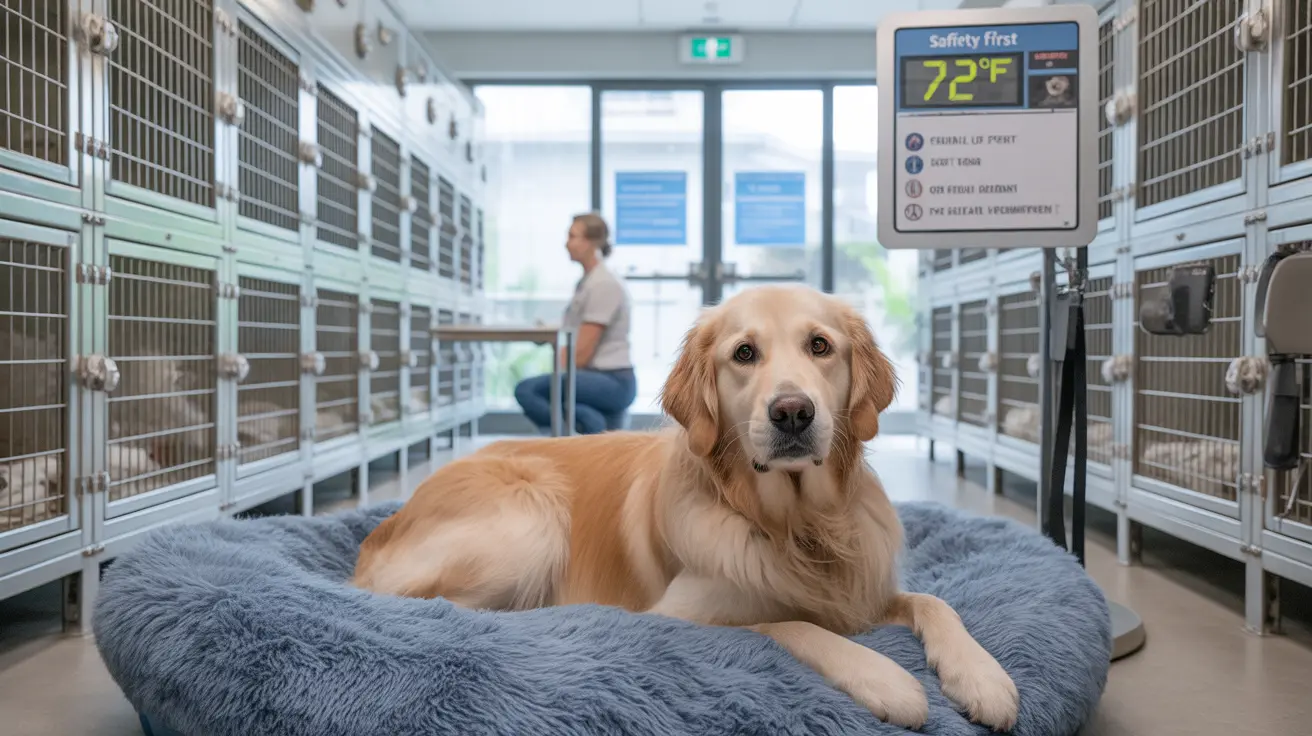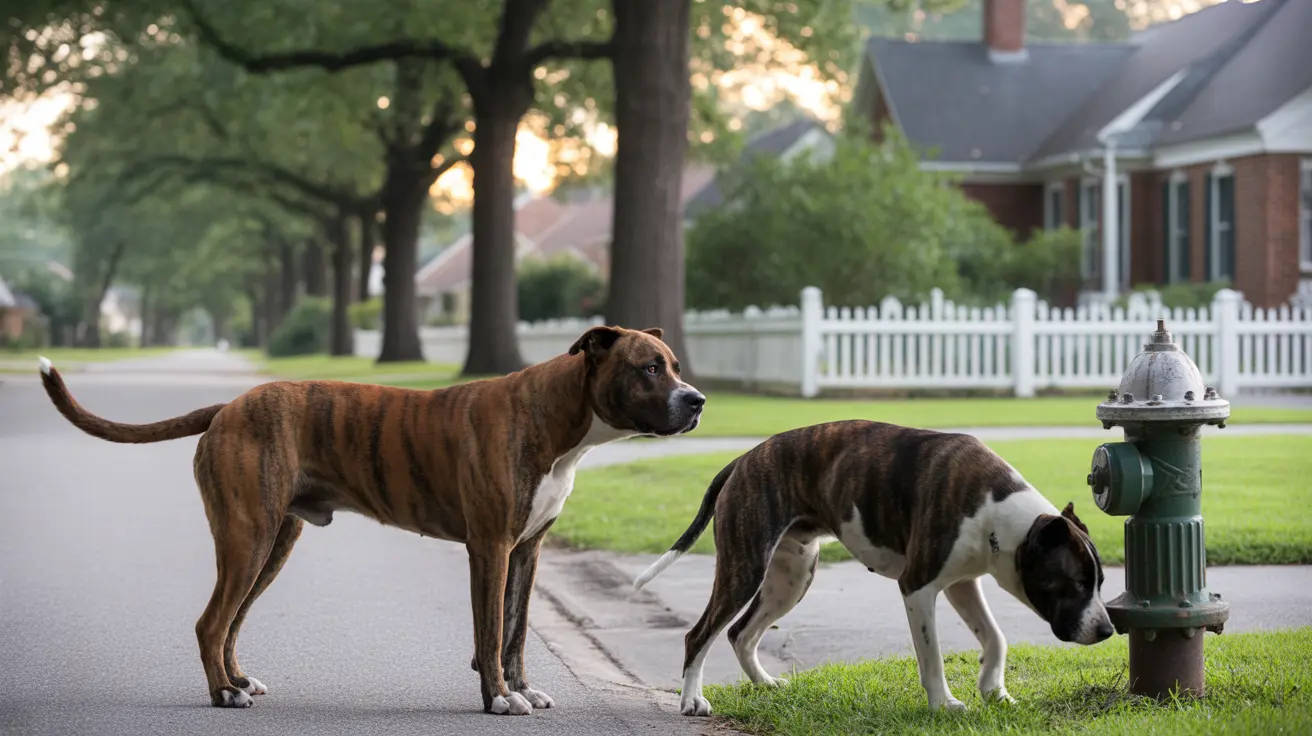Natural Ways to Combat Yeast in Dogs
Yeast infections in dogs can be a frustrating and uncomfortable experience for both pets and their owners. These infections, most often caused by Malassezia pachydermatis, typically occur when the yeast—which is normally present in small amounts on a dog's skin and ears—begins to overgrow. This overgrowth is often triggered by conditions like increased moisture, warmth, or suppressed immune response. Understanding natural approaches to managing yeast in dogs can help promote healthier skin and reduce recurrence.
Understanding Yeast Infections in Dogs
Yeast infections, also called yeast dermatitis, frequently occur in areas where skin meets the outer environment. Common locations include:
- Paws
- Armpits
- Groin
- Skin folds
- Ears
- Under the tail
Symptoms may include itching, redness, swelling, greasy or scaly skin, and musty odor. Chronically affected skin can become thickened, leathery, or discolored.
What Naturally Inhibits Yeast in Dogs?
While prescription antifungals are the most reliable treatments, certain natural strategies may help control yeast growth, particularly as preventive care or adjunct therapy. Not all approaches are suitable for every dog, and they should always be discussed with a veterinarian before use.
Diluted Vinegar Rinse
One of the few natural options with some scientific backing is a diluted vinegar rinse. Vinegar helps acidify the skin, creating an environment less hospitable to yeast. However, it's crucial to dilute it properly (commonly 1:1 with water) and avoid open wounds or irritation. Always consult your vet before trying this remedy.
Dietary Management
Yeast thrives on sugar and carbohydrates. Therefore, modifying your dog’s diet may support overall skin health and immunity.
- Low-carbohydrate diets: Avoid foods and treats high in complex carbs.
- Allergy-friendly formulas: Manage food allergies that may trigger inflammation and secondary yeast infections.
- Probiotics: These may support gut health and immune balance, limiting yeast overgrowth internally.
Good Hygiene and Environmental Control
- Dry thoroughly after bathing or swimming to reduce trapped moisture.
- Keep ears clean and dry, especially for floppy-eared breeds.
- Trim excess hair around ears and paws to improve air flow.
- Avoid over-bathing, and use dog-specific shampoo appropriate for their skin type.
Address Underlying Health Issues
Many yeast infections occur due to imbalances in the immune system. Conditions like hypothyroidism, Cushing’s disease, or chronic allergies can promote yeast growth. Effective management of these conditions is essential for long-term control.
Signs of Yeast Infections to Watch For
- Persistent itching and licking
- Brown or yellow discharge in ears
- Greasy or scaly skin
- Musty or cheesy smell
- Hair loss in affected areas
- Redness, inflammation, or darkened skin
Why Home Remedies Should Be Used With Caution
Though some natural products may seem appealing, many are either unproven or potentially irritating. Essential oils, certain herbal products, or over-the-counter ear cleaners might worsen inflammation or cause pain. Avoid using any home remedy unless guided by a veterinary professional.
Veterinary Diagnosis and Treatment Remain Critical
Only a veterinarian can accurately distinguish yeast from bacterial infections or mites. Diagnostic methods may include:
- Cytology: Microscopic examination of skin or ear discharge
- Fungal cultures
- Skin biopsy or blood tests for persistent cases
In severe or recurrent infections, your vet may prescribe topical antifungals, oral medications like ketoconazole or fluconazole, and recommend anti-inflammatory therapy or medicated shampoos. Some cases require extended treatment.
Preventing Yeast Infections Naturally
- Use hypoallergenic grooming products
- Dry thoroughly after exposure to water
- Maintain regular ear cleaning as advised
- Support overall health with balanced nutrition and regular vet exams
- Manage allergies and control fleas or parasites
Breeds like cocker spaniels, poodles, German shepherds, and bulldogs are more prone to yeast due to factors like floppy ears or excess skin folds. Prevention and maintenance routines tailored to these breeds are highly beneficial.
Conclusion
While there are few natural remedies with proven efficacy against yeast infections in dogs, diluted vinegar rinses, dietary changes, and good hygiene may help in managing and preventing overgrowth. However, it is essential to consult a veterinarian before starting any treatment—natural or otherwise—to ensure your dog's safety and health. Early intervention combined with informed care offers the best outcome for pets suffering from yeast infections.





